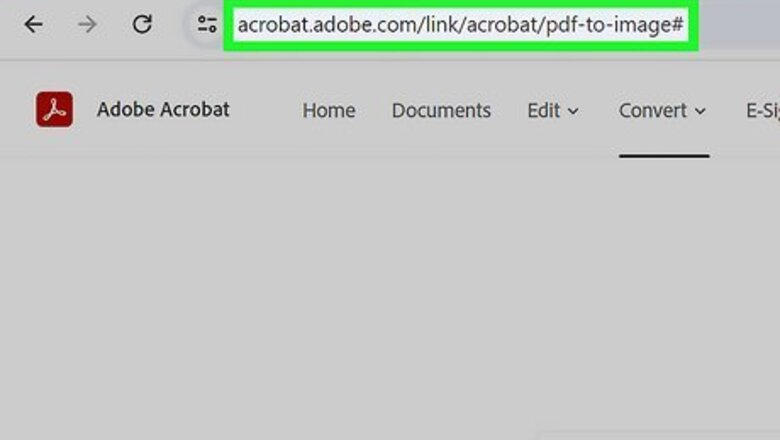
views
- To convert a PDF to an image file for free on any platform, try Adobe's Online PDF Converter.
- On a Mac, you can convert a PDF to an image file using Preview.
- Other options include Any PDF to JPG (Free) and Adobe Acrobat Pro (Paid).
Using Adobe's Online PDF Converter
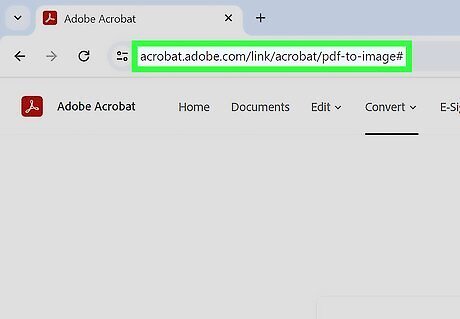
Go to https://documentcloud.adobe.com/link/acrobat/pdf-to-image in a web browser. This is the website for Adobe's online PDF converter. You can convert one PDF to an image file per day with a free account. If you plan on converting lots of PDFs to images, you will need to pay for a subscription. You can also use this service to convert PDF to image files on any device, including your Android, iPhone, or iPad.
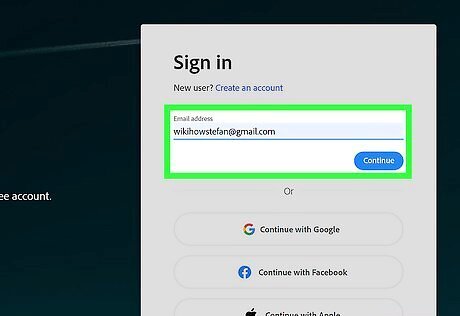
Login to your Adobe account. If you have an Adobe account, log in with the email address and associated password. If not, click Create an account to make one now. Alternatively, you can click Continue with Google, Continue with Facebook, or Continue with Apple, to log in with your Google, Facebook, or Apple account.

Click Select files. It's the blue button below the heading that says "Convert PDF to JPEG." This opens a file browser that allows you to select a file you can convert to a PDF.
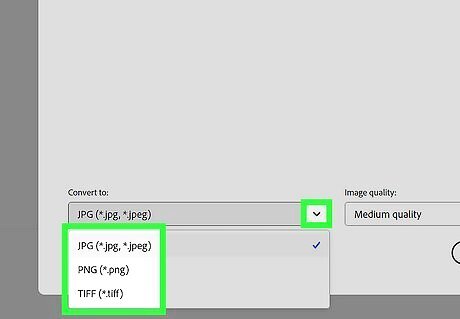
Select an image format. Use the drop-down menu at the bottom on the left to select an image format. You can select "JPG," "PNG," or "TIFF." JPG images have larger amounts of image compression to produce optimal file sizes. They are the standard image format for internet usage, such as posting to websites, email, social media, or blogs. PNG images balance file size and image quality. They also support transparent and semi-transparent backgrounds. These images are best used for charts, graphs, and logos. TIFF images have the largest file sizes and highest image quality. They are mostly used by graphic designers using image editing software like Photoshop.
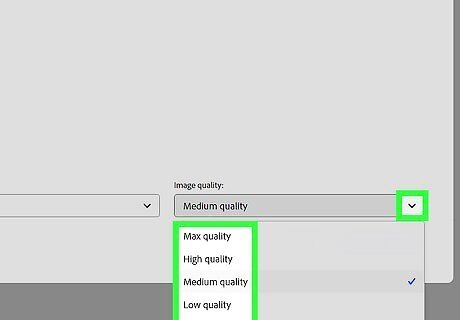
Select the image quality. Use the second drop-down menu at the bottom to select the image quality. You can select "Min," "Low," "Medium," "High," or "Max." Lower image quality will produce an image that doesn't look as good but will have smaller file sizes. High-quality images will be bigger files but look better.
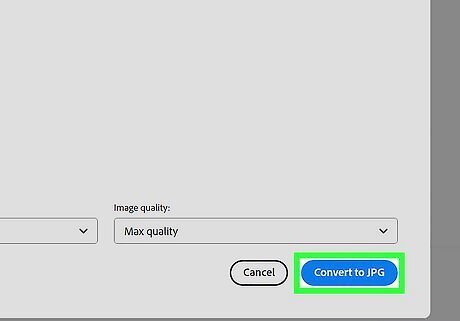
Click the blue Convert button. It's the blue button in the lower-right corner. This processes the PDF and converts it.
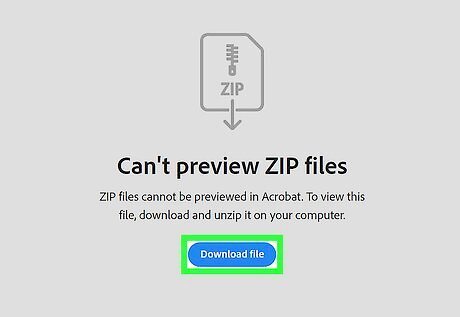
Click Download. It's the blue button in the center. This downloads the image files in a ZIP file.

Open the ZIP file. By default, the ZIP file containing your converted images should be in your Downloads folder or web browser. You can open a ZIP file on a PC or Mac by double-clicking it. Each page of your PDF will be a separate image file.
Using Any PDF to JPG (Windows 10 & 11)
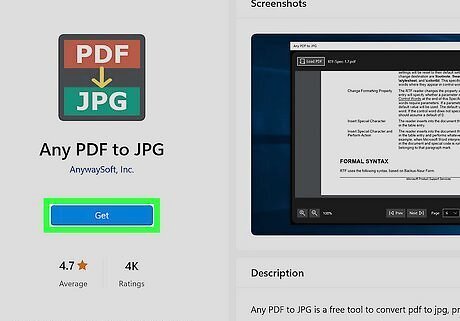
Get Any PDF to JPG from the Microsoft Store Microsoft Store. While Windows doesn't have a built-in way to create an image or a set of images from a PDF file, there is a free app that will do it for you. Any PDF to JPG can only convert your PDF to JPEG image files. Simply open the Microsoft Store and click the search bar. Enter "Any PDF to JPG" into the bar and select the top result. The app's developer is "AnywaySoft, Inc.," and the app features a red box that says "PDF" pointing down to a green box that says "JPG." Click Get and the app will begin downloading and installing on your computer.
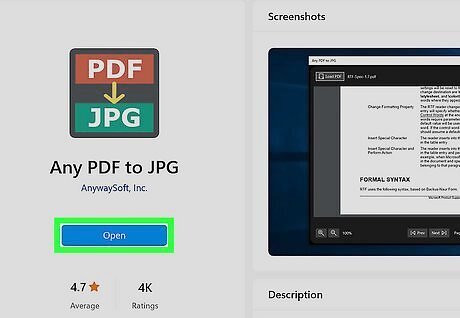
Click Open. This button appears in the place of the Get button once PDF to JPEG finishes installing. Doing so opens the app.
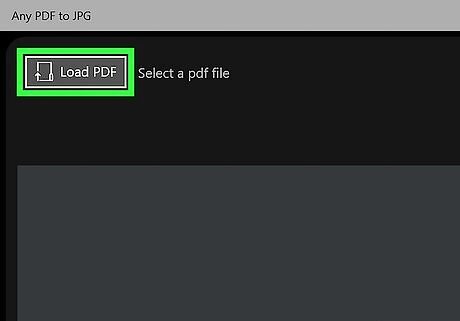
Click Load PDF. It's in the top left and will open a File Explorer window.
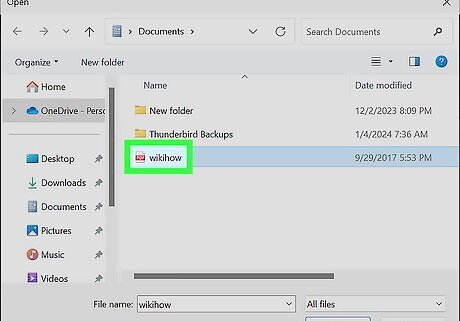
Select a PDF. Go to the PDF you want to open, then double-click it to select it. Alternatively, click once to select it, then click Open in the bottom right corner of the File Explorer window. Once the PDF is loaded, you will see a preview. Click the arrows at the bottom to look through the PDF's pages.
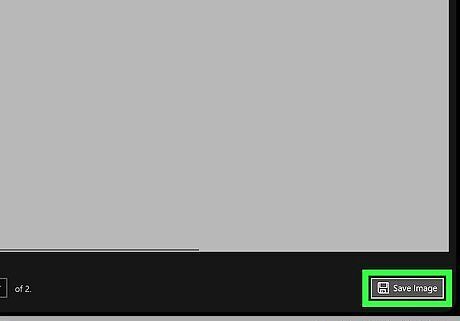
Click Save Image. It's in the bottom right corner next to a floppy disk icon. Another window will open where you can decide on a save location for your image(s) and how many pages you want to convert. You can also choose if there's a page in the middle of the PDF that you want to save as an image.
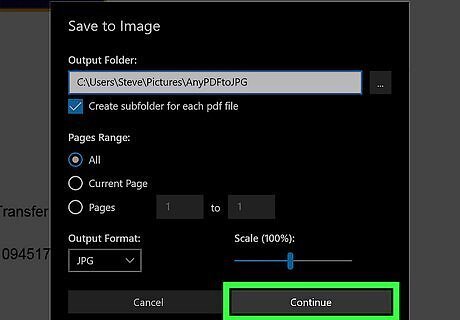
Click Continue. It's in the bottom right corner of your screen. When the app is done, you'll see a confirmation window with the option to open the folder to see your images or close the program without doing anything else.
Using Preview on Mac
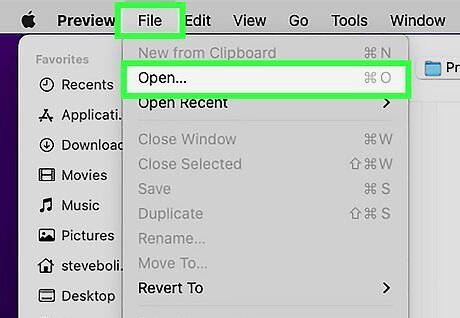
Open your file in Preview. You can either open Preview first and go to "File > Open" or you can right-click the file in Finder and select "Open With > Preview." You can use your Mac's built-in Preview program to convert PDF pages into images, but you can only convert one page at a time.
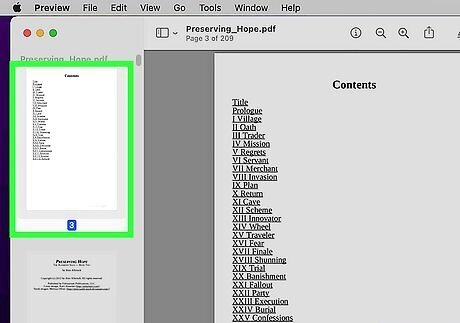
Select a page. On the left side of the Preview window, click a page you want to turn into an image file. You may have to scroll down to find the page.
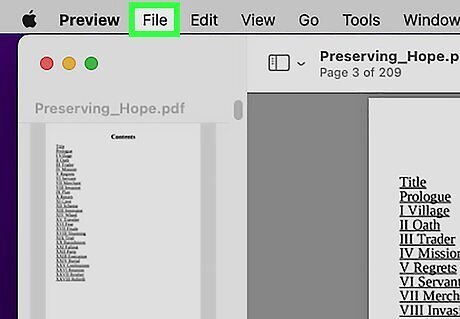
Click File. It's in the top-left corner of the screen. A drop-down menu will appear.
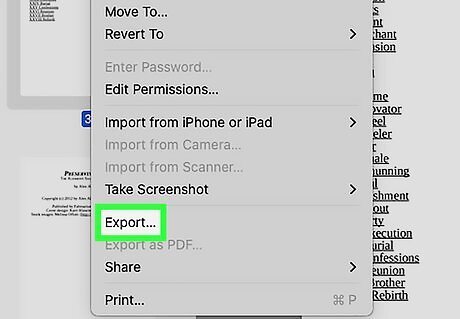
Click Export…. You'll find this near the middle of the File menu. This prompts a new window to open.
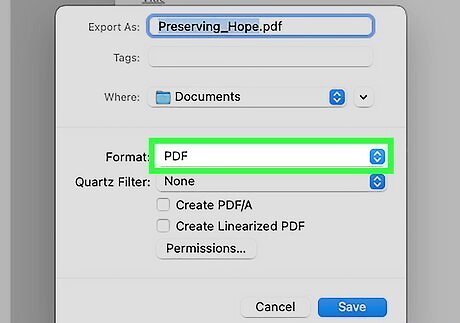
Click the "Format" drop-down box. It's near the bottom of the window. Doing so opens a drop-down menu.
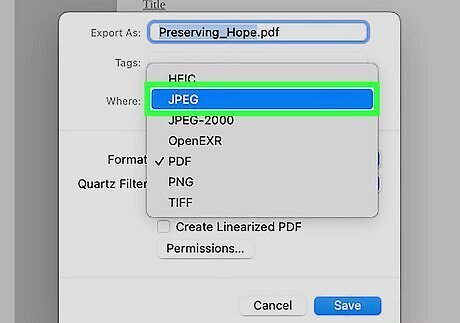
Select an image format. In the drop-down menu, click one of the following options: JPEG: JPEG files have a smaller file size but lose quality each time they are replicated. JPEG images are the standard image file for internet websites, emails, blogs, and social media posts PNG: PNG files do not lose quality, but they are larger file sizes. They also support transparent backgrounds. PNG images are best used for charts and logos. JPEG-2000 JPEG-2000 have a large compression rate that does not lose image quality. They support very large file sizes. However, unlike regular JPEG files, most web browsers do not support them. OpenEXR: OpenEXR images are most commonly used in the film industry. They support High Dynamic Range, stereoscopic images, and 32-bit color graphics. TIFF TIFF images are high-quality images that tend to be larger. They are most commonly used by graphic designers using image editing software like Photoshop.

Click Save. It's at the bottom of the window. Doing so will save your selected page as an image file. You can also enter a file name at the top of this window and then select a folder in which to save the image before you click Save.
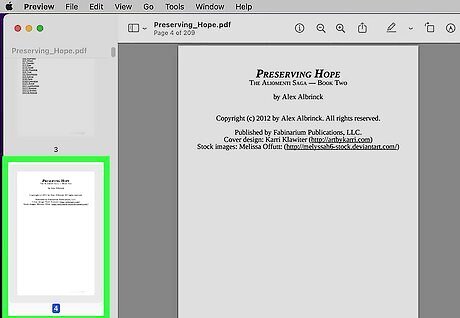
Repeat this process for other pages in the PDF. Since you can only convert one page at a time, you'll need to go back and select another page to export from your PDF if you want to convert more than one page into an image. If your PDF has a lot of pages, you might want to use Adobe's online tool.
Using Adobe Acrobat Pro

Open a PDF document in Adobe Acrobat Pro. Do so by opening the white Adobe Acrobat app with the stylized, red A icon, clicking File in the menu bar at the top of the screen, clicking Open..., selecting the PDF document you want to convert to an image, and clicking Open. This will only work with the paid version of Adobe Acrobat Pro. If you do not have an Adobe Acrobat subscription, you cannot use this method. You may be able to sign up for a free trial.
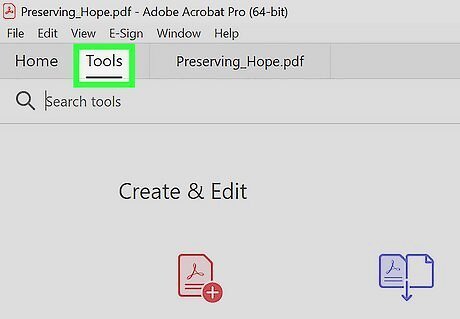
Click the Tools tab. It's on the upper-left side of the Adobe Acrobat window. On a Mac, click File in the upper-left corner of the screen instead.
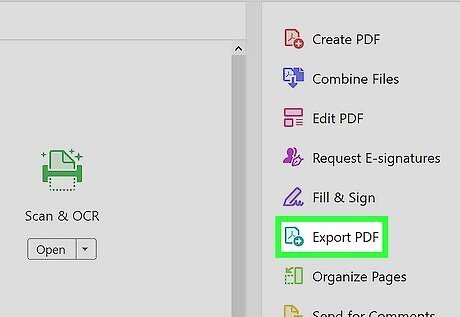
Click Export PDF. This green icon is in the top row of options here. Doing so opens the Export PDF window. On a Mac, select Export To in the File drop-down menu instead.
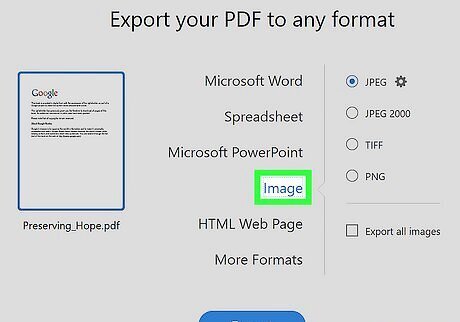
Click Image. It's in the middle of the page. On a Mac, select Image in the pop-out menu.
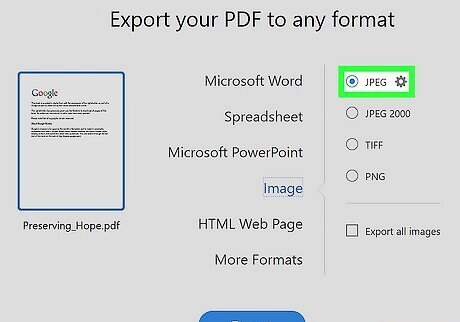
Select an image type. Click the checkbox to the left of the type of image that you want to use. Popular image types include JPEG and PNG. JPG images have larger amounts of image compression to produce optimal file sizes. They are the standard image format for internet usage, such as posting to websites, email, social media, or blogs. PNG images balance file size and image quality. They also support transparent and semi-transparent backgrounds. These images are best used for charts, graphs, and logos. TIFF images have the largest file sizes and highest image quality. They are mostly used by graphic designers using image editing software like Photoshop.

Save your file. Enter a new name for the file if you like, then click Save at the bottom of the pop-up window. This will save each of your PDF file's pages as its photo.




















Comments
0 comment